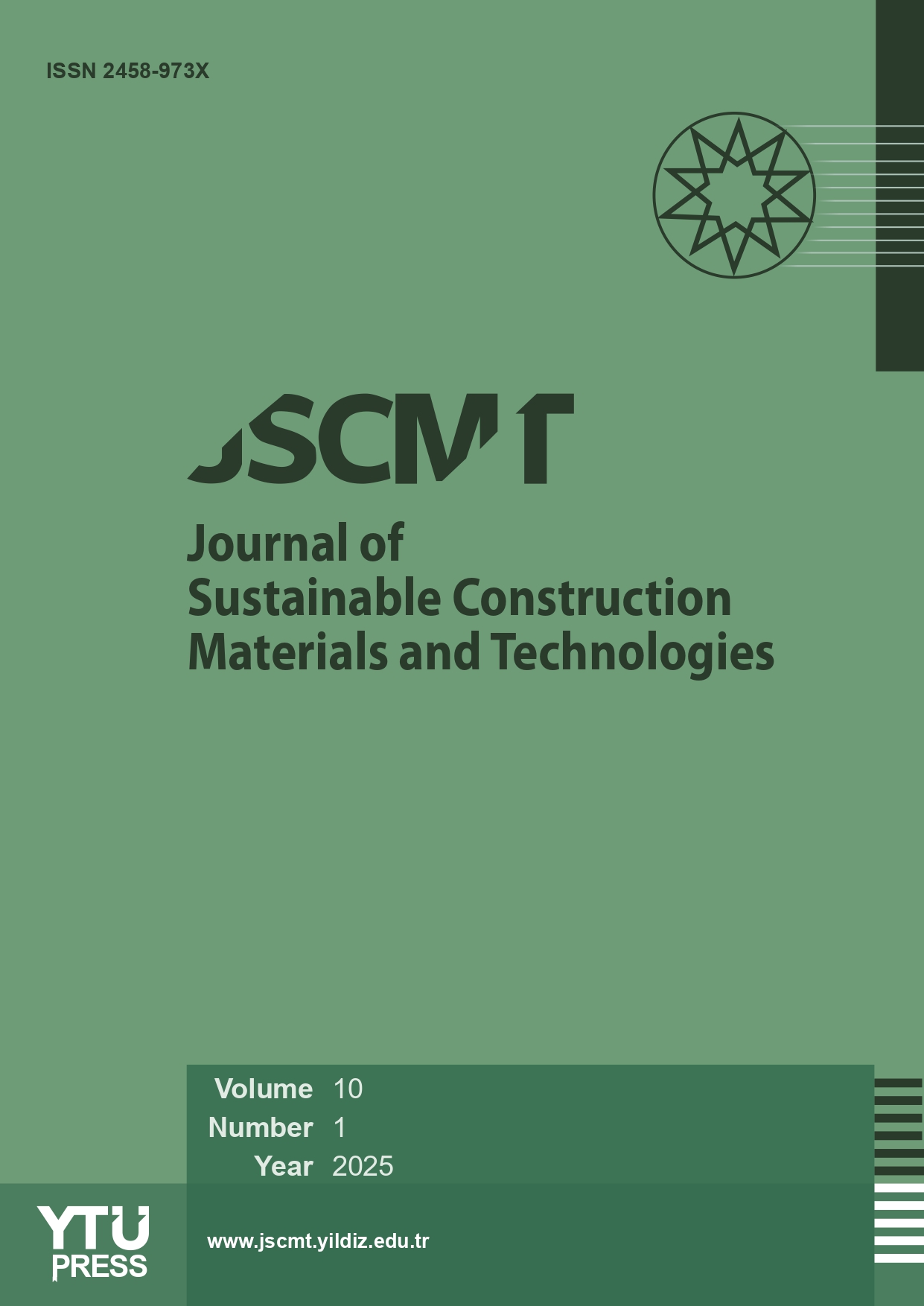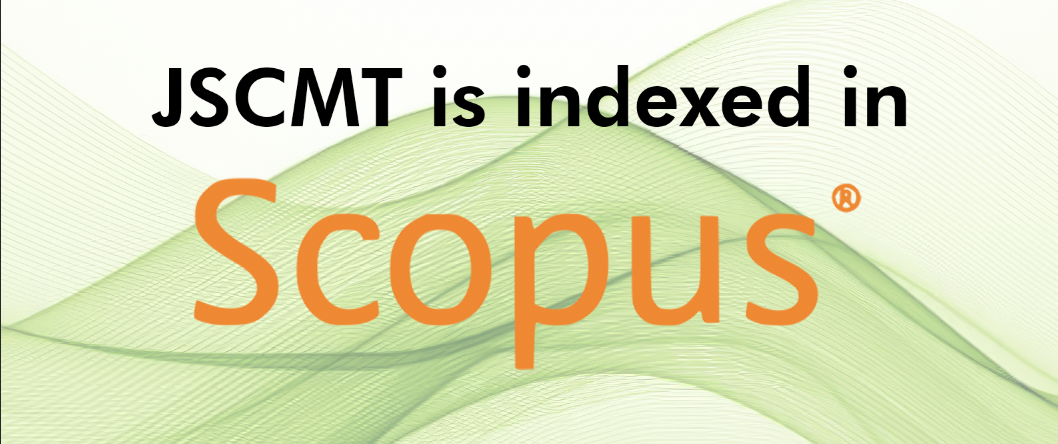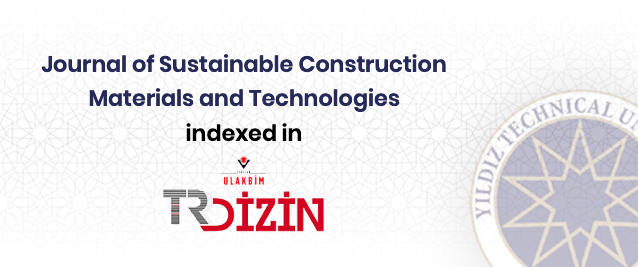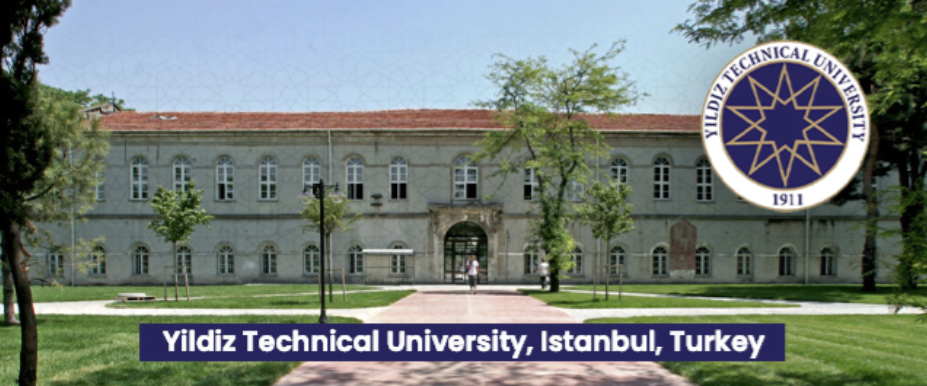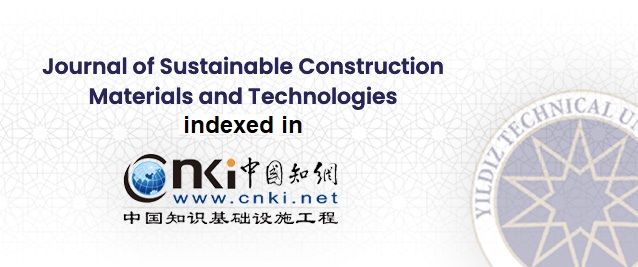Abstract
In Türkiye, waste clay bricks (WCB) comprise significant construction and demolition waste. Most research is based on producing WCB-based two-part alkali-activated materials (AAM). Compared to their conventional, two-part alkali-activated counterparts, one-part AAM offers several advantages, such as being more practical, safe, and easy to use. Thus, they may be an excellent choice for commercial construction applications and on-site casting. However, research data on producing WCB-based one-part alkali-activated mortars is limited. The relatively low reactivity of WCB can be increased by replacing WCB with ground granulated blast-furnace slag (GGBS) and fly ash (FA). Unlike these by-products, Nevşehir pozzolan (NP) and marble powder (MP), which are produced as wastes during the stone-cutting process, may be evaluated to produce AAM. This study aims to assess the production possibilities of WCB-based one-part alkali-activated mortar, determine the optimum substitution ratios with NP and MP to improve the mechanical properties, and determine the effects of the curing period up to 365 days. Results showed that the optimum NP substitution ratio was 50%, which increased reaction development, microstructure compactness, and mechanical properties. The highest CS (UV) (3.70 km/s) and compressive strength (CS) (21.58 MPa) were obtained in 25WCB:75MP-containing samples. The increase in properties with the curing period was especially high in the first 28 days.


